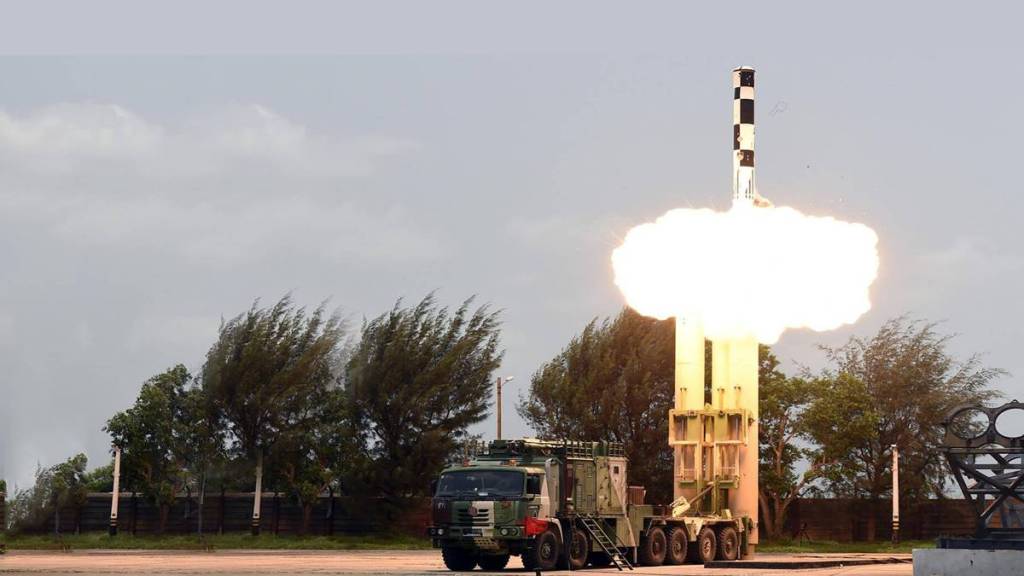In a strategic move to counter China, the Philippines is establishing a base for the BrahMos missile, aimed at monitoring the Chinese war fleet in the South China Sea. The increasing tensions between the two nations have prompted the Philippines to enhance its defense capabilities, purchasing the BrahMos missile system from India.
Recent open-source satellite images have revealed the construction of a BrahMos site in Zambales on the coast of Western Luzon in the Philippines. This strategic location allows the Philippines to keep a close watch on Chinese warships, aircraft, drones, and submarines. The BrahMos missile, a shore-based anti-ship weapon system, significantly boosts the Philippines’ ability to safeguard its maritime boundaries and respond to potential threats in the disputed waters.
The situation escalated recently when a Philippine supply ship was struck by a vessel from the Chinese Coast Guard near the contested Spratly Islands in the South China Sea. China asserted that the Philippine ship had entered waters near the Second Thomas Shoal, prompting Chinese forces to chase it away. The Spratly Islands are a contentious area, with both China and the Philippines laying claim to these territories.
China’s Coast Guard reported the incident on the social media platform WeChat, claiming that the Philippine supply ship ignored repeated warnings and approached the Chinese vessel in an unprofessional manner, leading to the collision. China has placed the blame squarely on the Philippines for the incident.
In response, the Philippines has reiterated its stance, emphasizing that the Second Thomas Shoal lies within its exclusive economic zone (EEZ), just under 200 nautical miles from its coastline. The Philippines highlighted that China’s expansive claims in the South China Sea have been invalidated by international rulings. Despite several confrontations in recent months near the shoal, the Philippines has maintained a post on the BRP Sierra Madre ship as a symbol of its sovereignty.
The ongoing tensions have seen multiple instances of conflict between Chinese and Philippine vessels. Last year, Chinese coast guards deliberately collided with Philippine ships and even used water cannons against the Philippine crew. These aggressive actions have drawn condemnation from several nations, including the United States.
In response to China’s assertive policies in the South China Sea, the United States has formed a new alliance resembling the Quad, which includes Australia, Japan, and the Philippines. This coalition aims to counterbalance China’s influence in the region. China, however, has warned the Philippines against aligning too closely with the U.S., suggesting that the Philippines is being misled and could become a pawn in a larger geopolitical struggle, drawing parallels to the ongoing conflict between Russia and Ukraine.
As the Philippines continues to strengthen its defense posture with the BrahMos missile system and alliances with other regional powers, the strategic dynamics in the South China Sea remain tense. The establishment of the missile base in Zambales represents a significant step in the Philippines’ efforts to protect its territorial integrity and assert its rights in the face of increasing Chinese assertiveness.





